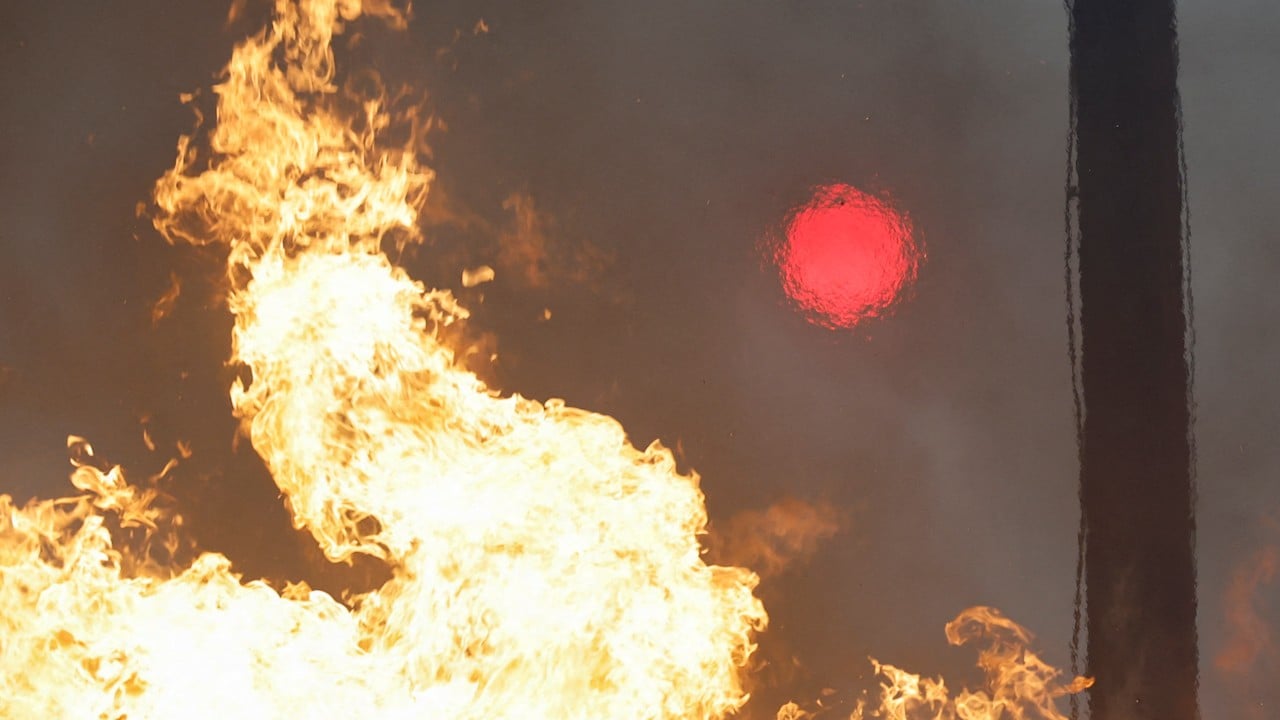Amid more urban wildfires as climate change bites, how dangerous is the smoke?
When the catastrophic and fatal Los Angeles fires broke out, John Volckens suspected firefighters and residents were breathing toxic air from the burning homes, buildings, and cars, but it was unclear how much risk the public faced.
So, the professor of environmental health at Colorado State University devised a plan to get answers.
Volckens shipped 10 air pollution detectors to Los Angeles to measure the amounts of heavy metals, benzene, and other chemicals released by the flames, which burned more than 16,000 homes, businesses and other structures, making it one of the country’s costliest natural disasters.
“These disaster events keep happening. They release pollution into the environment and to the surrounding community,” said Volckens, who shared his results with local air regulators. “We have this kind of traumatic experience, and then we’re left with: well, what did we just breathe in?”
Scientists and public health officials have long tracked the pollutants that cause smog, acid rain, and other environmental health hazards and shared them with the public through the local Air Quality Index.
But the monitoring system misses hundreds of harmful chemicals released in urban fires, and the Los Angeles fires have led to a renewed push for state and federal regulators to do more as climate change drives up the frequency of these natural disasters.











